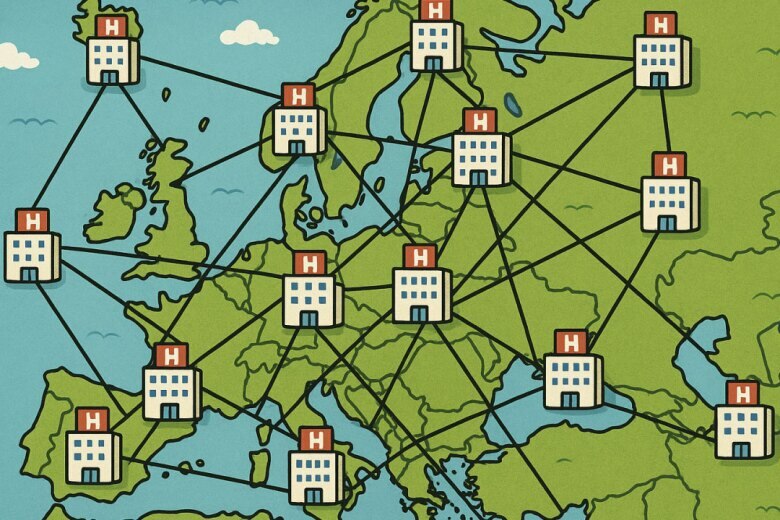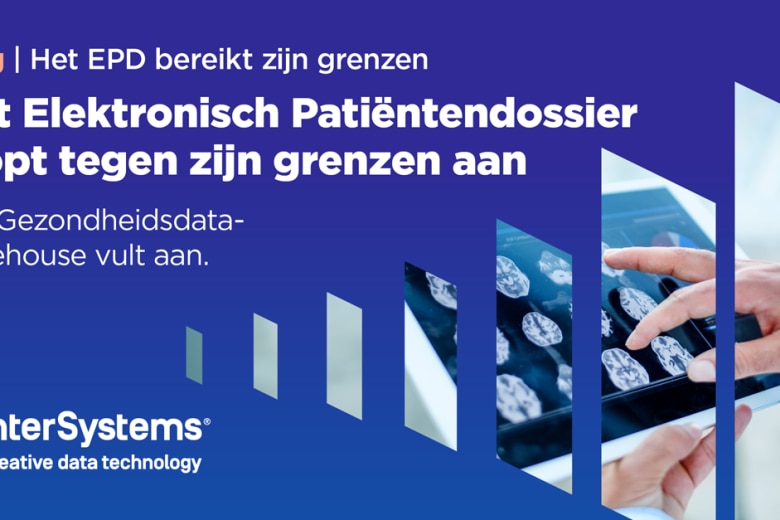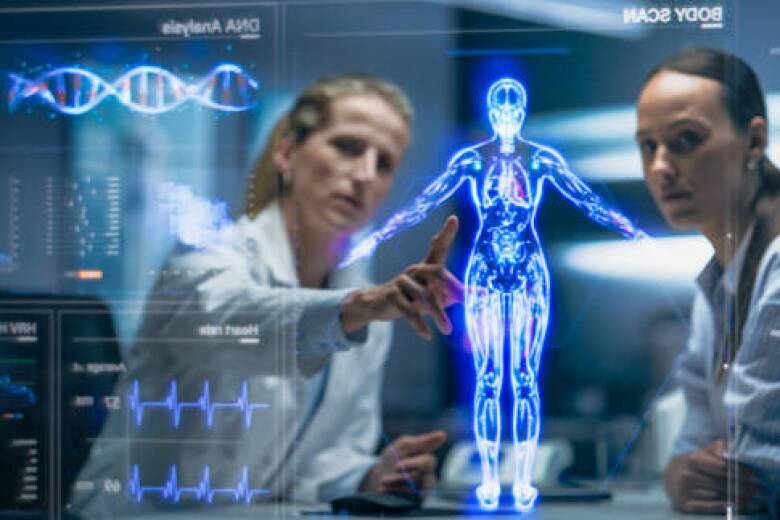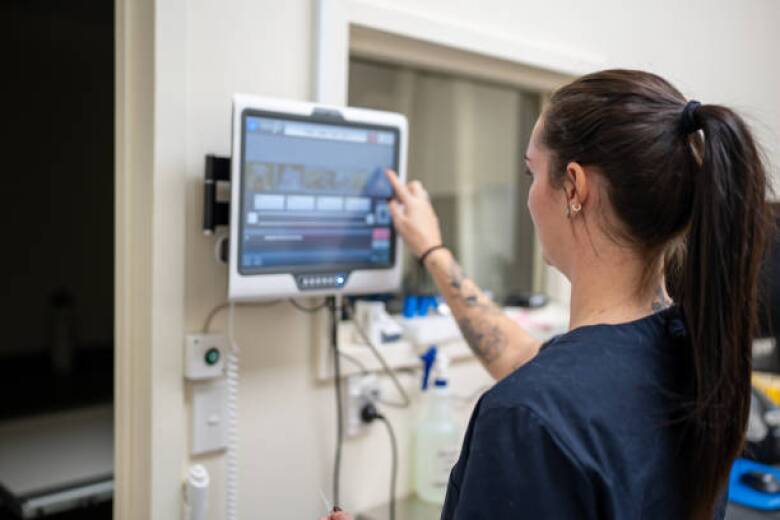In the rapidly evolving landscape of healthcare, managing scattered data is a significant challenge that healthcare providers and researchers face daily. In this blog, we want to zoom in on the recent FHIR x OMOP workshop in Brussels, which brought together experts to address this very issue. It focused on bridging the gap between two prominent healthcare data frameworks: the OMOP Common Data Model (CDM) and the HL7 FHIR standard. This edition was not just a discussion of ideas, but also a hands-on look at practical ways to improve data compatibility and patient outcomes.
Workshop overview
On Tuesday, 10th of September 2024, over 40 experts arrived in Brussels to attend the OHDSI Belgium workshop FHIR x OMOP co-organised with InterSystems and Tiro.health. This workshop was a great chance to learn about new tools like the InterSystems OMOP Platform. This platform offers a new way towards effective health data management.
If you want to learn more about InterSystems OMOP Platform, watch this video.
The event also included interactive exercises that helped participants develop the skills needed to work with real-world healthcare data. It sought to provide participants with a comprehensive understanding of both OMOP and HL7 FHIR, emphasizing their unique strengths and how they can complement each other to optimize healthcare data management. This integration is crucial for achieving seamless data interoperability within the healthcare sector.
Connecting Real-Time and Observational Data
However, the workshop went above what we had shared in this series so far. It included more detailed information about both frameworks, their roles and ETL (Extract, Transform, Load) pipelines.
Let’s dive deeper into those topics. FHIR is designed to facilitate dynamic, real-time data exchange across diverse platforms and systems, simplifying the connection between healthcare applications. It enables seamless data flow between Electronic Medical Records (EMRs)—referred to in Dutch as elektronisch patiëntendossier (EPD) and in French as dossier médical partagé (DMP)—as well as healthcare apps and data repositories.
OMOP, on the other hand, offers a powerful data model for storing and analysing observational health data. It focuses on long-term data preservation, supporting research and collaborative studies. By enabling consistent data analysis across datasets and institutions, OMOP plays a crucial role in advancing healthcare insights and innovation.
FHIR resources can be linked to OMOP CDM tables. This lets you use real-time clinical data for research without having to enter the same data twice. This integration can help make data more accessible and actionable. Conversely, research findings stored in the OMOP CDM can be made accessible to clinical systems through FHIR, bridging the gap between research and clinical practice.
This exchange helps both researchers and doctors get the most up-to-date and complete data. This helps them make better decisions and give better care to patients. However, the importance of Extract, Transform, Load (ETL) pipelines in this process cannot be overstated. These pipelines are critical for converting data formats between FHIR and OMOP CDM, promoting consistent and comprehensive data use.
Reflections
During the workshops, the experts came with the feedback and recommendations regarding improvement of the ETL pipelines for FHIR to OMOP conversion. Several key insights were suggested:
The complexity of implementation was a notable challenge, particularly within the limited timeframe, and proved demanding for users less familiar with the technical side of FHIR and OMOP CDM. The need for comprehensive workflow documentation was also highlighted. Step-by-step guides covering the entire process—such as the flow from Bulk FHIR export to an S3 bucket—are essential to streamline setup and troubleshooting.
Performance optimization emerged as another priority, with a focus on enabling the pipeline to handle large datasets more efficiently while reducing processing times. Enhancing mapping transparency and consistency was equally important, ensuring reliable mappings between FHIR and OMOP CDM, especially when addressing custom FHIR extensions and unique cases.
Experts also underscored the importance of training and support. Expanding resources such as webinars and interactive workshops will empower users to navigate and implement the ETL process with greater confidence and effectiveness.
By addressing these opportunities, the ETL pipeline can be refined to deliver greater accessibility, efficiency, and reliability, advancing its ability to meet both operational and research needs.
To wrap it up
The FHIR x OMOP workshop in Brussels highlighted an important challenge: the integration of OMOP CDM and HL7 FHIR to overcome fragmented health data. This integration is crucial, as it bridges the gap between clinical care and research, making data more accessible and actionable for healthcare providers and researchers alike. Additionally, by encouraging collaboration, hands-on learning, and expert feedback, the event showed some practical ways to improve data interoperability and patient outcomes.
As we look to the future, addressing the implementation challenges will pave the way for a more connected, efficient, and impactful healthcare ecosystem. Together, we can turn the vision of interoperable, patient-centred healthcare into reality.
In the next blog, you will learn more about challenges that implementation of OMOP brings, and about InterSystems OMOP Platform, a new tool that assisted the participants during the FHIR x OMOP workshop, and eases the pain points of OMOP implementation.





































